Sigma 300mm F/4 APO Tele Macro ZEN
Super telephoto prime lens • Film era • Discontinued
Abbreviations
| APO | Apochromatic optical design. |
| MACRO | A lens with better close-up focusing capabilities in comparison with traditional lenses. Not a macro lens though. |
Model history (2)
| ■Sigma 300mm F/4 APO Tele Macro ZEN | A | 10 - 7 | 1.20m | ⌀77 | 1994 ● | |
| ■Sigma 300mm F/4 APO Tele Macro HSM ZEN | A | 10 - 7 | 1.20m | ⌀77 | 1997 ● | |
Specification
| Optical design: | |
| 35mm full frame | |
| 300mm | |
| F/4 | |
| 10 elements in 7 groups | |
| 2 SLD | |
| Internal focusing (IF) | |
| Canon EF [44mm] | |
| Minolta/Sony A [44.5mm] | |
| Nikon F [46.5mm] | |
| Pentax K [45.5mm] | |
| Sigma SA [44mm] | |
| 8.2° (35mm full frame) | |
| On Canon EOS APS-C [1.59x] cameras: | |
35mm equivalent focal length: | 477mm (in terms of field of view) |
35mm equivalent speed: | F/6.4 (in terms of depth of field) |
Diagonal angle of view: | 5.2° |
| On Sony DSLR-A/SLT-A APS-C [1.53x] cameras: | |
35mm equivalent focal length: | 459mm (in terms of field of view) |
35mm equivalent speed: | F/6.1 (in terms of depth of field) |
Diagonal angle of view: | 5.4° |
| On Nikon D APS-C [1.53x] cameras: | |
35mm equivalent focal length: | 459mm (in terms of field of view) |
35mm equivalent speed: | F/6.1 (in terms of depth of field) |
Diagonal angle of view: | 5.4° |
| On Pentax K APS-C [1.53x] cameras: | |
35mm equivalent focal length: | 459mm (in terms of field of view) |
35mm equivalent speed: | F/6.1 (in terms of depth of field) |
Diagonal angle of view: | 5.4° |
| On Sigma SD APS-C [1.74x] cameras: | |
35mm equivalent focal length: | 522mm (in terms of field of view) |
35mm equivalent speed: | F/7 (in terms of depth of field) |
Diagonal angle of view: | 4.7° |
| Diaphragm mechanism: | |
Diaphragm type: | Automatic |
Aperture control: | None; the aperture is controlled from the camera (Canon EF, Minolta/Sony A, Sigma SA) |
| Aperture ring (Manual settings + Auto Exposure setting) (Nikon F, Pentax K) | |
| 9 (nine) | |
| Focusing: | |
| 1.20m | |
| 1:3 | |
Focusing modes: | Autofocus (AF), Manual focus (MF) |
Autofocus motor: | Micromotor (Canon EF, Sigma SA) |
| In-camera motor (Pentax K, Nikon F, Minolta/Sony A) | |
Manual focus control: | Focusing ring |
Focus mode selector: | AF - MF (Canon EF, Sigma SA) |
| None; focusing mode is set from the camera (Pentax K, Nikon F, Minolta/Sony A) | |
Manual focus override in autofocus mode: | - |
Focusing distance range limiter: | FULL / 1.2m - 2m / 3m - INF |
| Optical Stabilizer (OS): | |
| - | |
| Physical characteristics: | |
| 1335g (Nikon F) | |
| ⌀90.5×194.2mm (Nikon F) | |
| Accessories: | |
| Screw-type 77mm | |
| Built-in telescopic round | |
| Sigma APO Tele Converter 1.4X EX → 420mm F/5.6 | |
| Sigma APO Tele Converter 1.4X EX DG → 420mm F/5.6 | |
| Sigma APO Tele Converter 2X EX → 600mm F/8 | |
| Sigma APO Tele Converter 2X EX DG → 600mm F/8 |
Source of data
- Manufacturer's technical data.
Manufacturer description
Discover a new world of possibilities with this ultra telephoto macro. It lets you get as close to your subject as 120cm and its 1:3 macro capability enables you to shoot images so powerful, they'll take your breath away. Two SLD glass lens elements correct chromatic aberration and an inner focusing mechanism keep the 194.2cm length constant. A rotating tripod collar is included and the durable ZEN finish makes it the ideal lens for even the most rugged photographic applications.
From the editor
World's first apochromatic 300mm super telephoto lens with magnification ratio of 1:3 at the closest focusing distance.
Notes
- The autofocus will not be available with Nikon D40, D40X, D60, D3000-D3500, D5000-D5600 digital SLR cameras.
- Sigma had to reverse engineer the communication protocol of the Canon EF mount to produce a version of this lens for Canon EOS 35mm film SLR cameras. As a consequence, this lens may not work properly with Canon EOS cameras (both film and digital) due to compatibility issues.
Frequently asked questions
What does the Sigma lens designation "ZEN" mean?
It means that the lens has a ZEN finish. ZEN is an acronym for Zeitgeist ("the spirit of the times"), Enhancement, and Nonglare. This nonreflective urethane resin finish was introduced around 1989 and replaced the old-style, painted satin-black finish. Sigma claimed it to be hard, strong, antichemical, nonslip, antiglare, and scratch-resistant, however, it actually had a tendency to peel off and become sticky as it aged.
Lenses with similar focal length
| ■Canon EF mount (4) | |||||||||
| Canon EF 300mm F/4L IS USM • ⌀77 | Pro | 1997 ● | compare | 3 | 1 | ||||
| Canon EF 300mm F/4L USM • ⌀77 | Pro | 1991 ● | compare | 2 | 1 | ||||
| Sigma 300mm F/4 APO Tele Macro HSM ZEN • ⌀77 | Pro | 1997 ● | compare | 2 | 0 | ||||
| Tokina AT-X AF 300mm F/4 • ⌀77 | Pro | 1995 ● | compare | 0 | 2 | ||||
| ■Minolta/Sony A mount (2) | |||||||||
| Minolta AF 300mm F/4 HS-APO G • ⌀82 | Pro | 1994 ● | compare | 2 | 1 | ||||
| Tokina AT-X AF 300mm F/4 • ⌀77 | Pro | 1995 ● | compare | 0 | 2 | ||||
| ■Nikon F mount (4) | |||||||||
| Nikon AF-S Nikkor 300mm F/4D IF-ED • ⌀77 | Pro | 2000 ● | compare | 3 | 1 | ||||
| Nikon AF Nikkor 300mm F/4 IF-ED • ⌀82 | Pro | 1987 ● | compare | 0 | 1 | ||||
| Nikon AF-S Nikkor 300mm F/4E PF ED VR • ⌀77 | Pro | 2015 ● | compare | 9 | 1 | ||||
| Tokina AT-X AF 300mm F/4 • ⌀77 | Pro | 1995 ● | compare | 0 | 2 | ||||
| ■Pentax K mount (2) | |||||||||
| smc Pentax-FA* 300mm F/4.5 ED [IF] | Pro | 1991 ● | compare | 2 | 3 | ||||
| smc Pentax-F* 300mm F/4.5 ED [IF] • ⌀67 | Pro | 1987 ● | compare | 2 | 2 | ||||
| ■Pentax K mount (1) · APS-C | |||||||||
| smc Pentax-DA* 300mm F/4 ED [IF] SDM • ⌀77 | Pro | 2008 ● | compare | 7 | 2 | ||||
| ■Sigma SA mount (1) | |||||||||
| Sigma 300mm F/4 APO Tele Macro HSM ZEN • ⌀77 | Pro | 1997 ● | compare | 2 | 0 | ||||
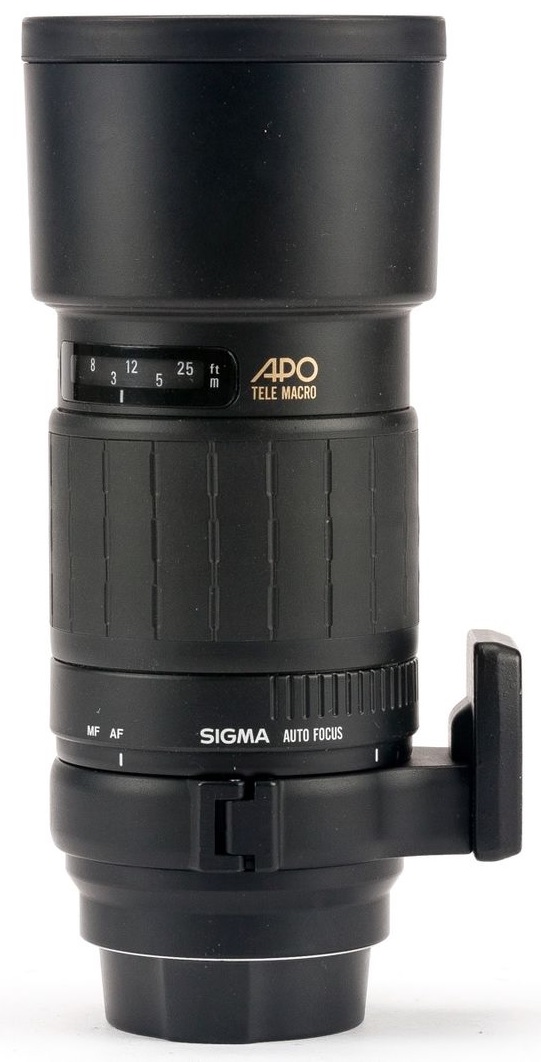
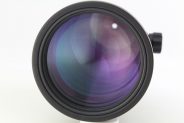

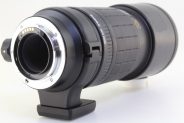
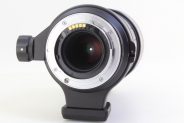

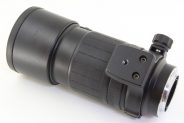
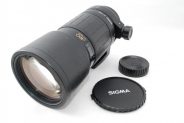
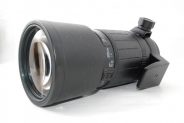
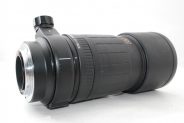
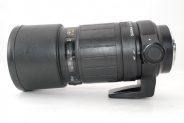
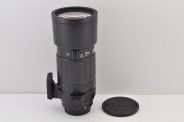
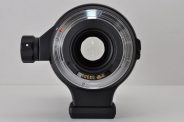
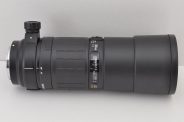
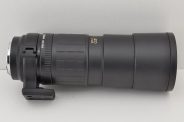
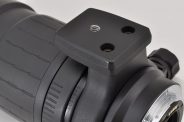

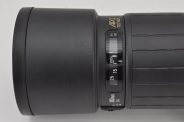
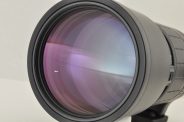


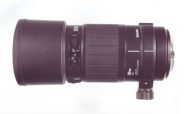

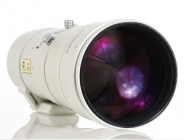


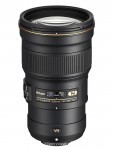
![smc Pentax-FA* 300mm F/4.5 ED [IF]](https://lens-db.com/wp-content/uploads/2012/10/pentax-fa-300-45-01-91x150.jpg)
![smc Pentax-F* 300mm F/4.5 ED [IF]](https://lens-db.com/wp-content/uploads/2012/08/pentax-f-300-45-star-01-103x150.jpg)
![smc Pentax-DA* 300mm F/4 ED [IF] SDM](https://lens-db.com/wp-content/uploads/2012/07/smc-pentax-da-star-300-4-01-103x150.jpg)